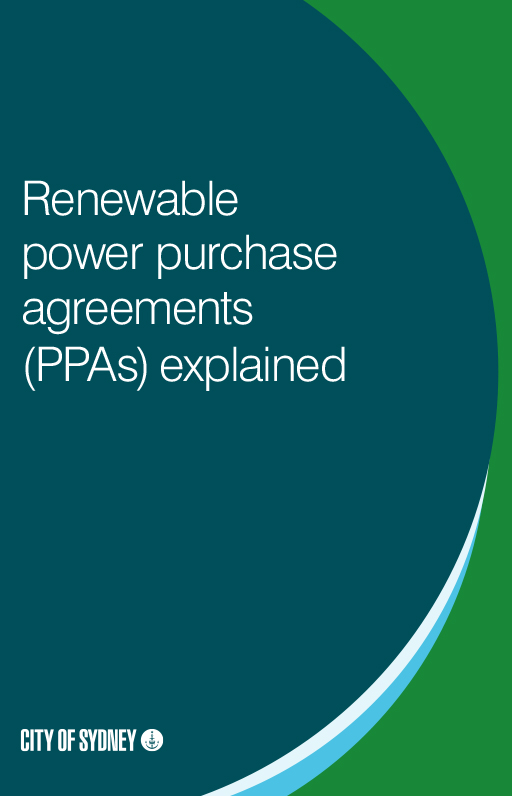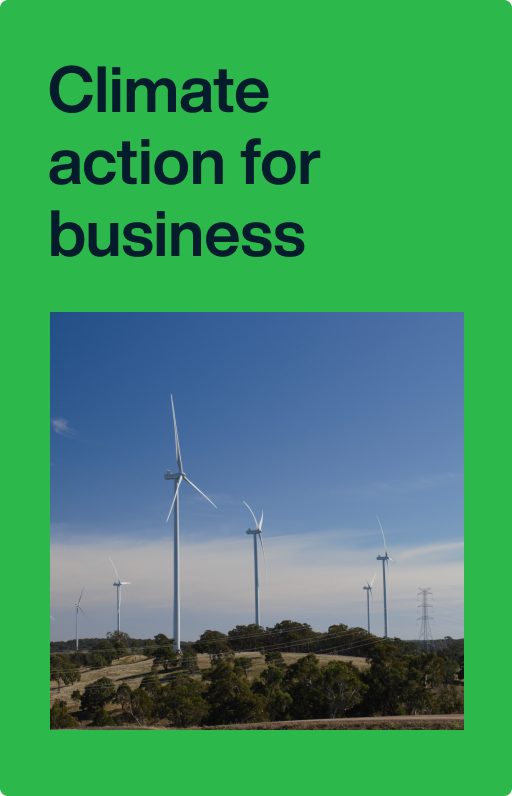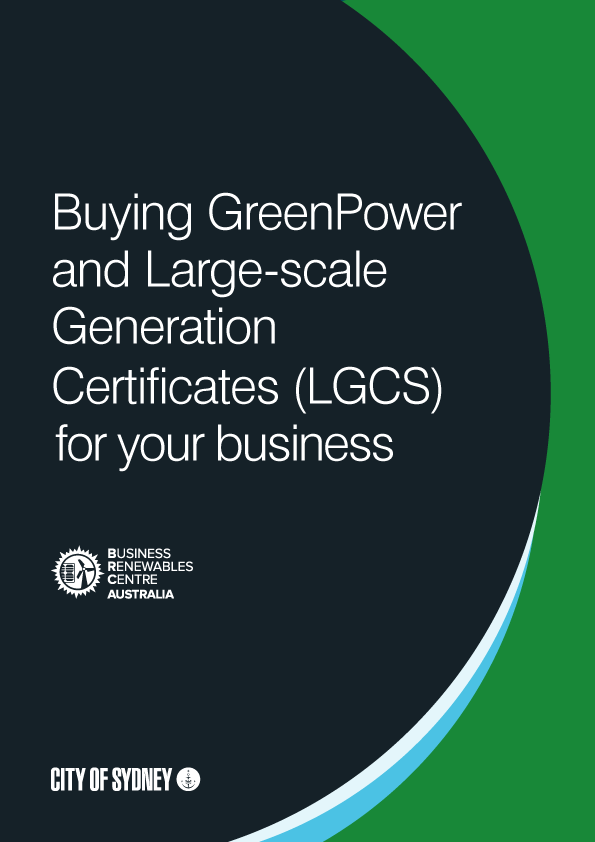Renewable power purchase agreements guide
Learn the benefits of negotiating a retail renewable power purchase agreement (PPA) and how to go about getting one.
Published

PPAs support the decarbonisation of our electricity grid by providing financial certainty for wind and solar farms.
This guide outlines PPA contracts for electricity and/or green certificates with a renewable energy generator like a wind or solar farm. It outlines the main pricing models, a 6-step guide to procuring a PPA, and several case studies.
Takeaways
- A retail PPA can offer an organisation greater price certainty over a longer period, enhance its brand equity and help it reach net zero emissions faster.
- A contract term is typically 5 to 10 years. But 3-year contracts are also possible.
- Most businesses engage an energy consultant to help them negotiate a PPA through an electricity retailer.
- The 3 main pricing models include: fully firmed (fixed price), partially firmed, and spot exposed.
- Some organisations join together to form a buyers group. They aggregate their electricity use to enhance their buying power.
Renewable power purchase agreements (PPAs) explainedPDF · 1004.69 KB · Last modified


